Home>Gardening & Outdoor>Landscaping Ideas>What Causes Pink Grass
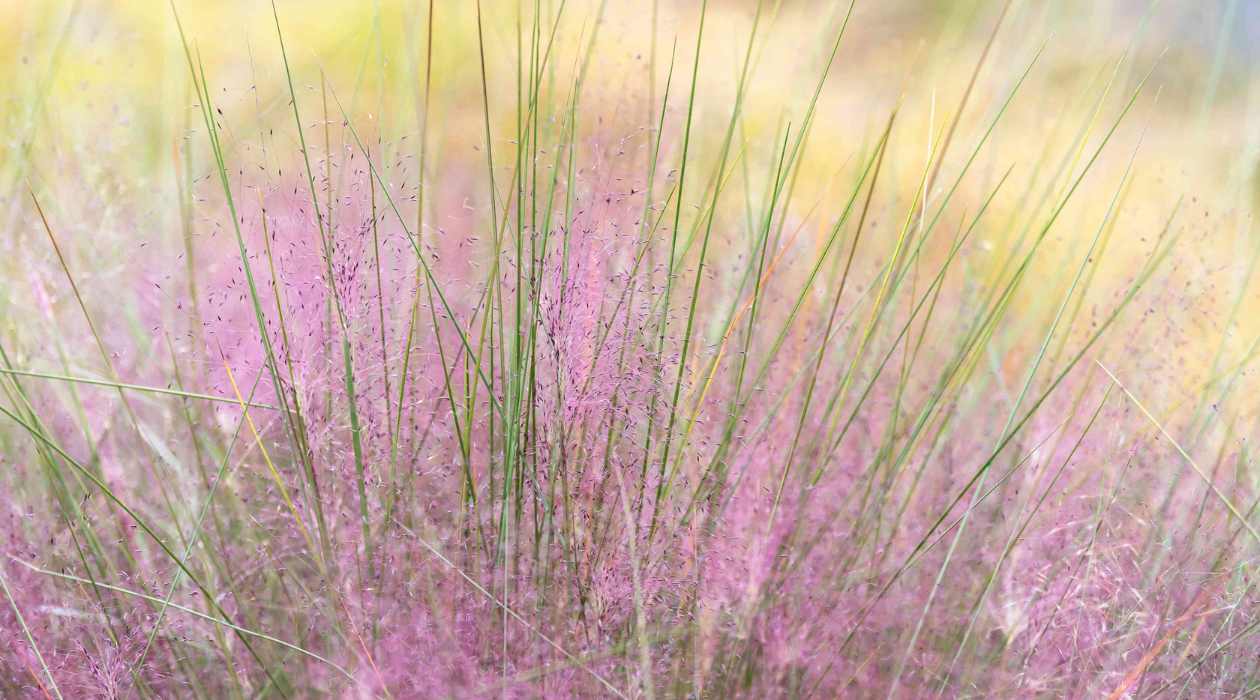

Landscaping Ideas
What Causes Pink Grass
Published: January 26, 2024
Discover the reasons behind pink grass in your yard and get expert landscaping ideas to restore its natural color. Learn how to improve your lawn with our helpful tips.
(Many of the links in this article redirect to a specific reviewed product. Your purchase of these products through affiliate links helps to generate commission for Storables.com, at no extra cost. Learn more)
Introduction
Welcome to the fascinating world of landscaping and gardening! As you stroll through your lush green lawn, the last thing you expect to encounter is the sight of pink grass. Yes, you read that right—pink grass! While it may seem like a whimsical anomaly, the presence of pink grass can actually be attributed to a variety of factors. In this comprehensive guide, we will delve into the intriguing phenomenon of pink grass, exploring its underlying causes and shedding light on how environmental, soil, and fungal factors can contribute to this unexpected and visually striking occurrence.
Whether you’re a seasoned gardening enthusiast or a newcomer to the realm of landscaping, understanding the potential reasons behind pink grass can not only pique your curiosity but also equip you with valuable insights for maintaining the health and vibrancy of your lawn. So, let’s embark on this enlightening journey to unravel the mystery of pink grass and gain a deeper appreciation for the intricate interplay of nature’s elements.
Key Takeaways:
- Pink grass, caused by factors like snow mold and fungal infections, can be prevented by addressing environmental elements, soil conditions, and implementing targeted fungicidal treatments.
- Understanding the causes of pink grass, such as prolonged snow cover and inadequate drainage, can help property owners maintain a vibrant, pink-grass-free lawn through proactive measures and targeted interventions.
Read more: What Causes Pink Stains In A Bathtub
Understanding Pink Grass
Before we delve into the specific causes of pink grass, it’s essential to grasp the nature of this unusual occurrence. Pink grass, often referred to as “pink patch” or “pink snow mold,” manifests as patches or areas of grass that exhibit a distinct pink or reddish hue. This striking discoloration can be a source of bewilderment for property owners, prompting a desire to uncover the underlying reasons for this unexpected transformation.
While the sight of pink grass may initially evoke concerns about the health and vitality of the affected turf, it’s important to approach this phenomenon with a blend of curiosity and practical understanding. Pink grass can emerge as a result of various environmental, soil-related, and fungal factors, each of which plays a unique role in altering the color and condition of the grass blades. By gaining insight into these contributing elements, you can navigate the process of addressing and preventing the occurrence of pink grass with confidence and informed decision-making.
As we venture further into the intricacies of pink grass, it’s crucial to adopt a holistic perspective that encompasses both the aesthetic implications and the underlying ecological dynamics at play. By doing so, we can cultivate a deeper appreciation for the interconnectedness of environmental factors, soil conditions, and fungal infections, all of which converge to produce the visually arresting phenomenon of pink grass. With this foundational understanding in place, let’s embark on a journey to explore the multifaceted causes of pink grass, unraveling the enigmatic tapestry of nature’s influence on our cherished landscapes.
Environmental Factors
Environmental factors wield a significant influence on the overall health and appearance of your lawn, and they can also contribute to the emergence of pink grass. One of the primary environmental elements that can lead to the development of pink grass is prolonged snow cover. In regions where snow persists for extended periods, particularly during the winter months, the turf beneath the snow can become susceptible to a condition known as “pink snow mold.”
Pink snow mold, scientifically referred to as Microdochium nivale, thrives in cool, wet environments, making it a common concern for lawns that are subjected to prolonged snow coverage. The presence of this fungal pathogen beneath the snow can lead to the development of pink or reddish patches on the grass as it emerges from its wintry blanket. The combination of moisture, low temperatures, and the insulating effect of snow creates an environment conducive to the growth of pink snow mold, thereby contributing to the manifestation of pink grass.
Furthermore, excessive thatch accumulation within the lawn can exacerbate the impact of environmental factors on the development of pink grass. Thatch, a layer of dead grass, roots, and organic debris that accumulates between the soil and the actively growing grass, can create a barrier that traps moisture and inhibits air circulation. In environments with high thatch levels, the risk of pink snow mold and the subsequent discoloration of the grass is heightened, underscoring the importance of proactive thatch management to mitigate the influence of environmental factors on the lawn’s health.
By recognizing the role of environmental factors, particularly in relation to snow cover and thatch accumulation, property owners can adopt targeted strategies to minimize the impact of these elements on their lawns. From implementing proper snow mold prevention measures to promoting healthy thatch decomposition, understanding and addressing environmental factors can significantly contribute to the preservation of a vibrant, pink-grass-free lawn.
Pink grass is often caused by a fungal infection called red thread disease. To prevent this, avoid over-fertilizing and ensure good air circulation around the grass. If the problem persists, consider using a fungicide.
Soil Conditions
While the visual allure of a verdant lawn is often attributed to the lushness of the grass blades, the soil beneath the surface plays a pivotal role in nurturing and sustaining the vibrant green expanse. When it comes to the occurrence of pink grass, soil conditions can exert a profound influence, shaping the health and appearance of the turf in unexpected ways.
One of the key soil-related factors that can contribute to the development of pink grass is inadequate drainage. In regions where the soil struggles to effectively drain excess moisture, the resulting waterlogged conditions can create an environment conducive to fungal growth, including the emergence of pink snow mold. The prolonged presence of moisture in poorly drained soil can elevate the risk of fungal infections, ultimately leading to the manifestation of pink or reddish patches on the grass.
Moreover, compacted soil can exacerbate the impact of inadequate drainage, further amplifying the susceptibility of the turf to fungal infections and discoloration. Compaction restricts the movement of air and water within the soil, impeding the natural drainage processes and fostering an environment that is conducive to the proliferation of pathogens such as pink snow mold. As a consequence, the compaction-induced soil conditions can contribute to the development of pink grass, necessitating targeted remediation efforts to restore the soil’s vitality and resilience.
Addressing soil-related factors that contribute to the emergence of pink grass entails a multifaceted approach that encompasses soil aeration, drainage optimization, and the promotion of healthy soil structure. By incorporating practices such as core aeration to alleviate compaction and implementing soil amendments to enhance drainage and microbial activity, property owners can proactively mitigate the impact of soil conditions on the development of pink grass. Furthermore, maintaining a balanced approach to irrigation and soil management can play a pivotal role in fostering a robust and vibrant lawn that resists the encroachment of pink discoloration.
By recognizing the profound influence of soil conditions on the health and appearance of the turf, property owners can implement targeted strategies to cultivate an environment that supports the lush green expanse of their lawns, free from the unexpected blush of pink grass.
Fungal Infections
When it comes to the enigmatic presence of pink grass, fungal infections stand out as a significant contributing factor that can alter the visual landscape of your lawn. Among the various fungal pathogens that can lead to the manifestation of pink grass, one of the primary culprits is Microdochium nivale, commonly known as pink snow mold. This insidious fungal organism thrives in cool, moist environments, making it particularly prevalent in regions characterized by prolonged snow cover or persistent wet conditions.
Pink snow mold can exert its transformative effects on the grass blades, leading to the emergence of pink or reddish patches that punctuate the otherwise verdant expanse of the lawn. The presence of this fungal infection can be attributed to the interplay of environmental factors, such as snow cover and moisture, which create an environment conducive to the proliferation of pink snow mold. As a result, the visual impact of pink grass serves as a tangible indicator of the underlying fungal activity within the turf, prompting the need for targeted intervention and remediation.
Moreover, the onset of pink grass can also be linked to other fungal infections, such as red thread and dollar spot, which can impart a pinkish hue to the affected grass. Red thread, caused by the fungal pathogen Laetisaria fuciformis, manifests as pinkish or reddish threads that extend from the grass blades, creating a visually distinct pattern that can alter the uniformity of the lawn’s appearance. Similarly, dollar spot, attributed to the fungal species Sclerotinia homoeocarpa, can engender pinkish or straw-colored lesions on the grass, contributing to the overall discoloration of the turf.
Addressing fungal infections that lead to the development of pink grass necessitates a comprehensive approach that encompasses targeted fungicidal treatments, cultural practices that promote optimal turf health, and proactive measures to mitigate the environmental conditions conducive to fungal proliferation. By implementing fungicidal applications tailored to the specific pathogens responsible for the pink discoloration, property owners can effectively combat the underlying fungal activity and restore the vibrant green allure of their lawns.
By unraveling the intricate dynamics of fungal infections and their role in the manifestation of pink grass, property owners can equip themselves with the knowledge and strategies needed to safeguard the health and aesthetic appeal of their cherished landscapes, ensuring that the unexpected blush of pink remains a captivating anomaly rather than a persistent concern.
Read more: What Causes Pink Ring In Toilet
Conclusion
As we conclude our exploration of the captivating phenomenon of pink grass, it’s evident that this unexpected and visually striking occurrence can be attributed to a diverse interplay of environmental, soil-related, and fungal factors. The emergence of pink grass, characterized by its distinct pink or reddish hue, serves as a tangible manifestation of the intricate dynamics at play within the turf, prompting property owners to delve into the underlying causes and implement targeted strategies for mitigation and prevention.
From the influence of environmental factors, such as prolonged snow cover and excessive thatch accumulation, to the profound impact of soil conditions, including inadequate drainage and soil compaction, the development of pink grass underscores the multifaceted nature of the challenges that can influence the health and appearance of the lawn. Moreover, the insidious presence of fungal infections, exemplified by pathogens such as pink snow mold, red thread, and dollar spot, further accentuates the complexity of the factors that can contribute to the unexpected transformation of the grass.
However, armed with a deeper understanding of these contributing elements, property owners can proactively navigate the realm of pink grass, implementing targeted interventions and cultivating practices that promote the resilience and vibrancy of their lawns. By adopting measures to optimize soil drainage, alleviate compaction, and mitigate the impact of environmental factors, property owners can fortify their turf against the encroachment of pink grass, preserving the lush green expanse that epitomizes the beauty of a well-tended lawn.
Furthermore, the strategic deployment of fungicidal treatments tailored to specific pathogens, coupled with cultural practices that foster optimal turf health, can serve as a formidable defense against the insidious influence of fungal infections that can lead to the development of pink grass. By integrating these multifaceted approaches, property owners can cultivate a landscape that exudes vitality and resists the unexpected blush of pink, ensuring that their cherished lawns remain a source of pride and natural splendor.
In essence, the presence of pink grass serves as a poignant reminder of the intricate interplay of nature’s elements within the realm of landscaping and gardening, prompting a deeper appreciation for the delicate balance that sustains the visual allure of our outdoor spaces. By embracing this understanding and implementing targeted strategies for maintenance and mitigation, property owners can navigate the whims of nature with confidence, ensuring that their lawns remain a vibrant testament to the harmonious coexistence of environmental, soil, and fungal dynamics.
Frequently Asked Questions about What Causes Pink Grass
Was this page helpful?
At Storables.com, we guarantee accurate and reliable information. Our content, validated by Expert Board Contributors, is crafted following stringent Editorial Policies. We're committed to providing you with well-researched, expert-backed insights for all your informational needs.
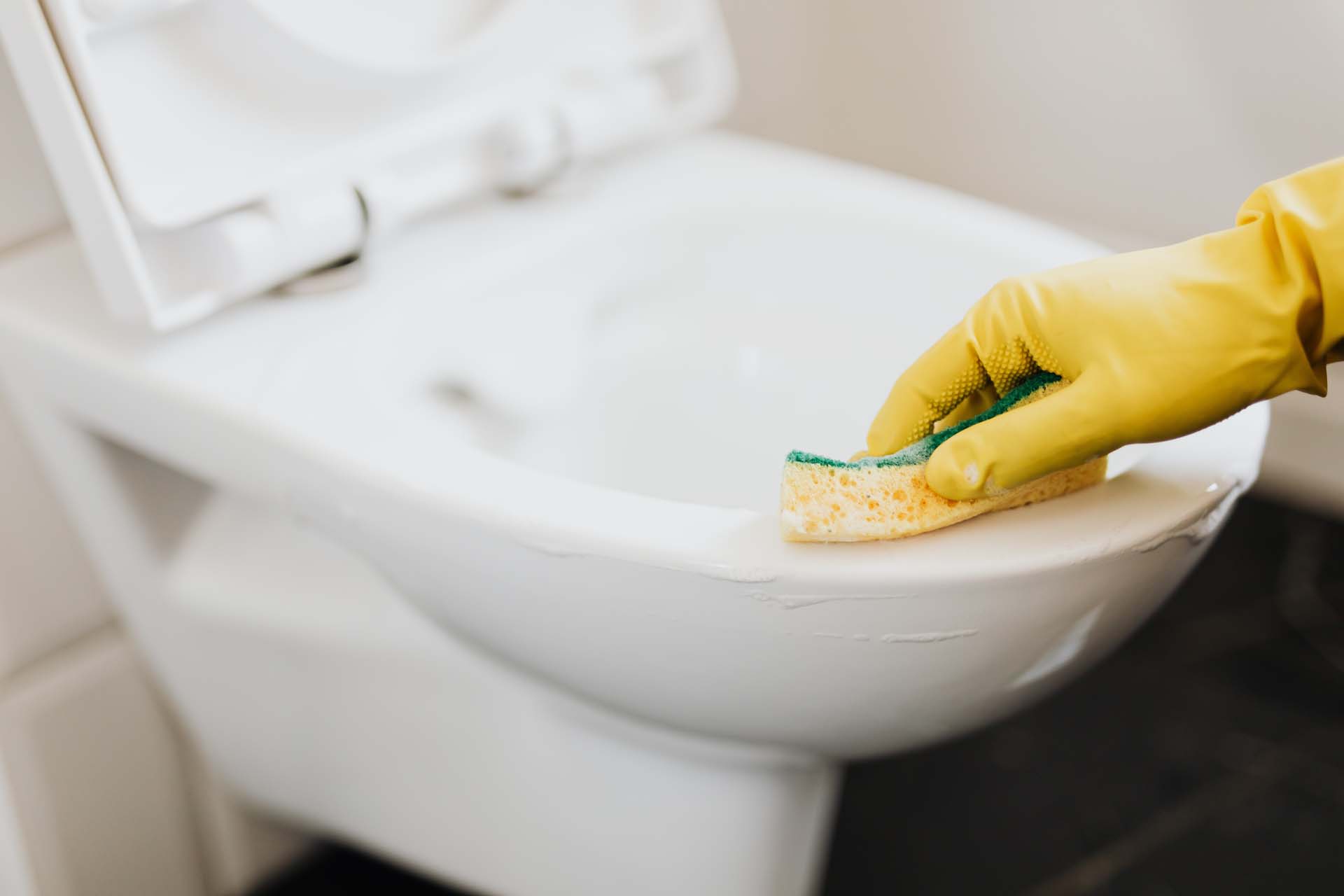
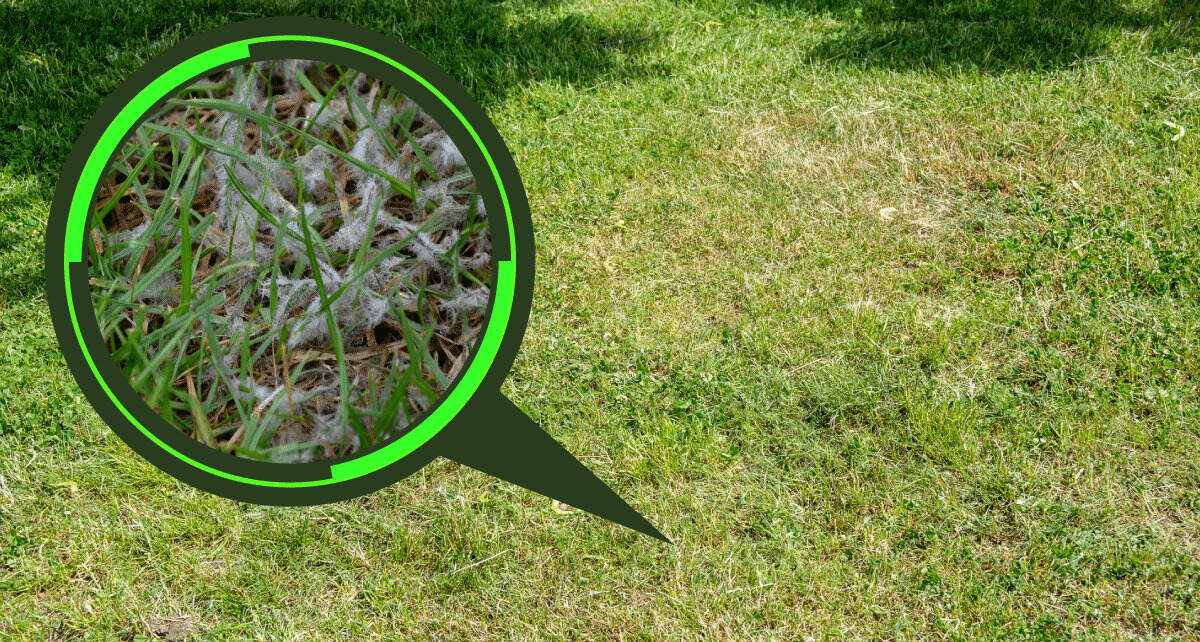
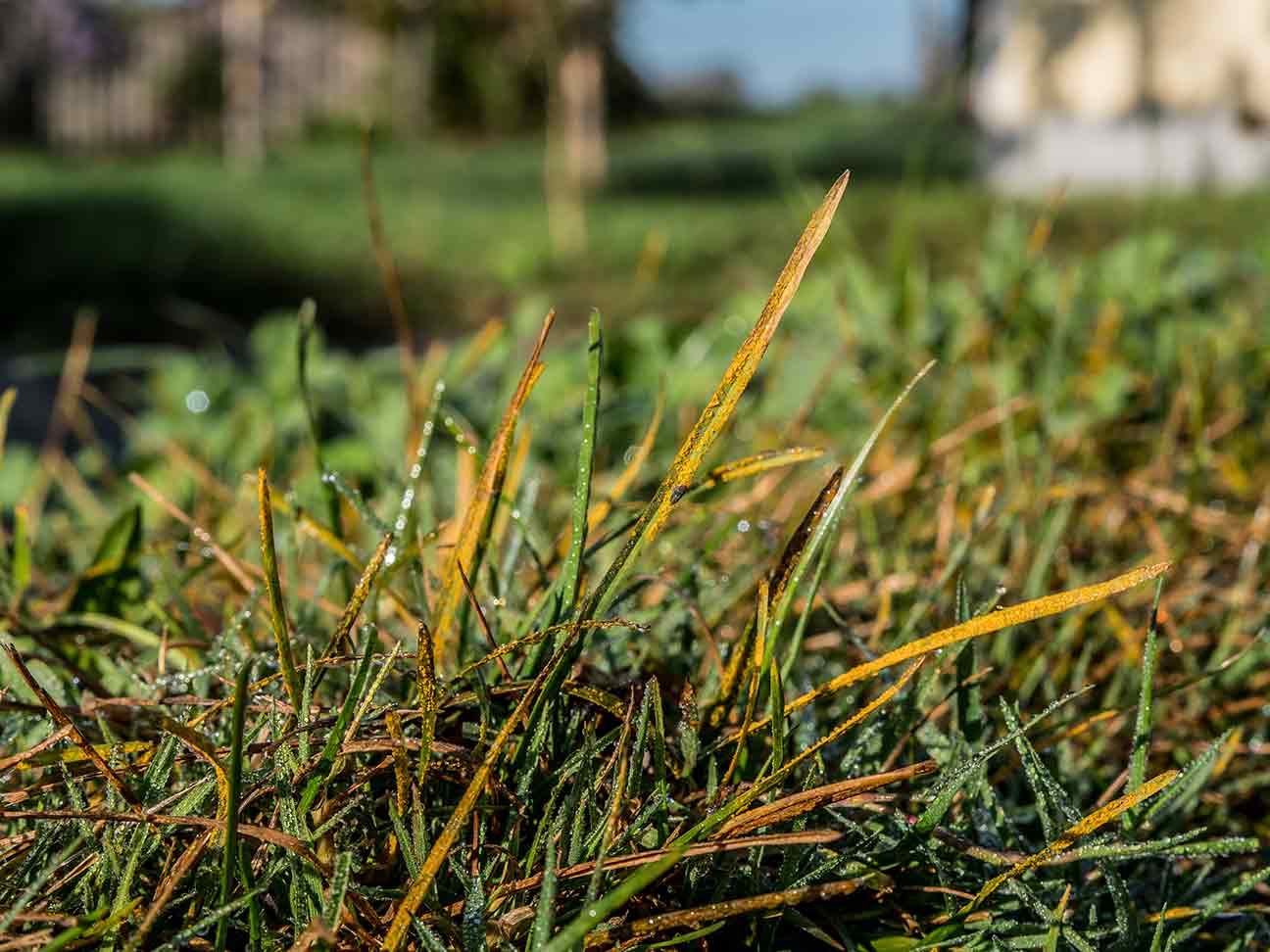
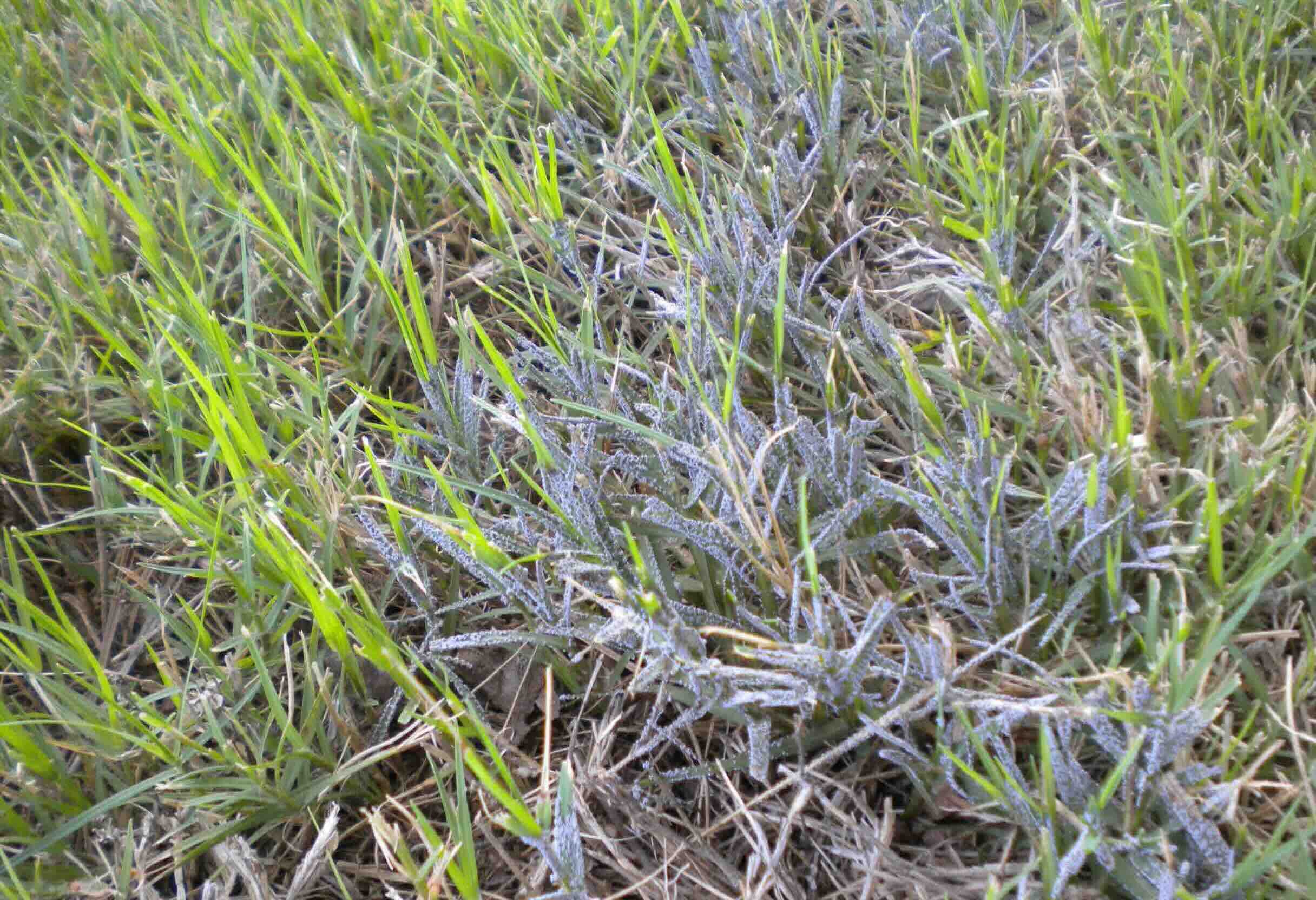
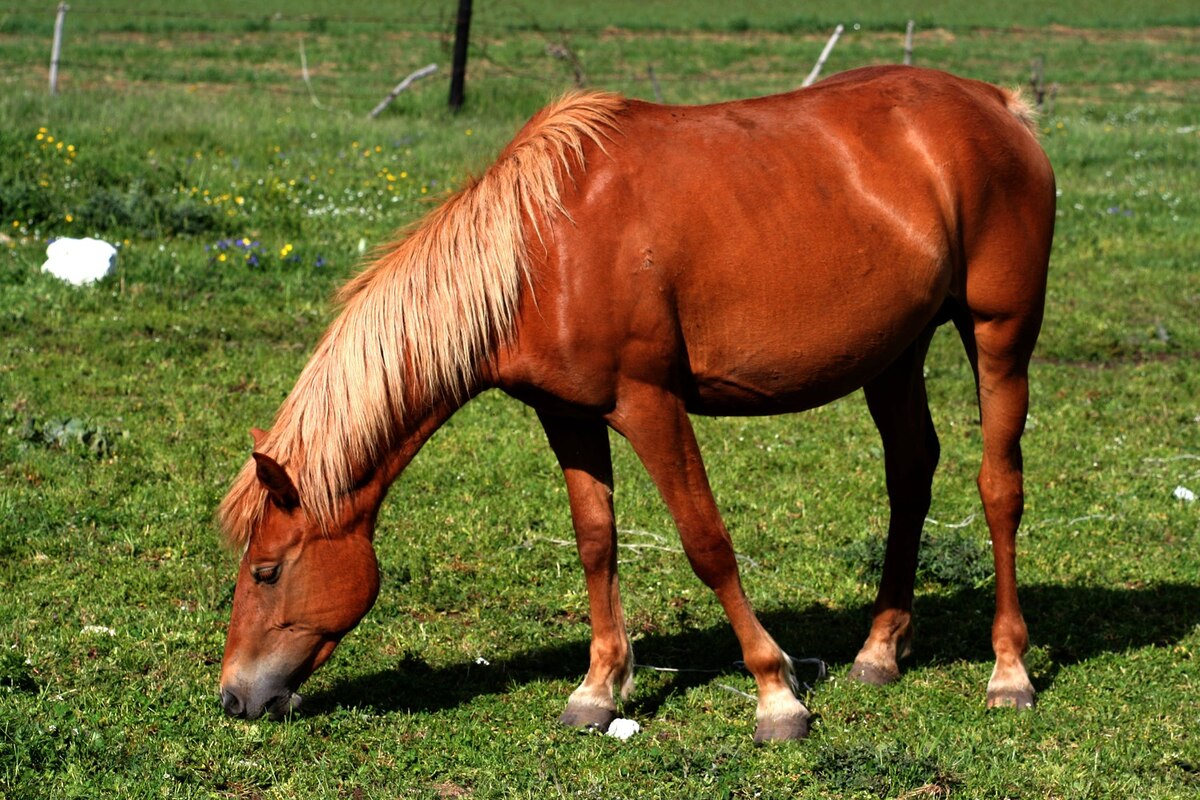
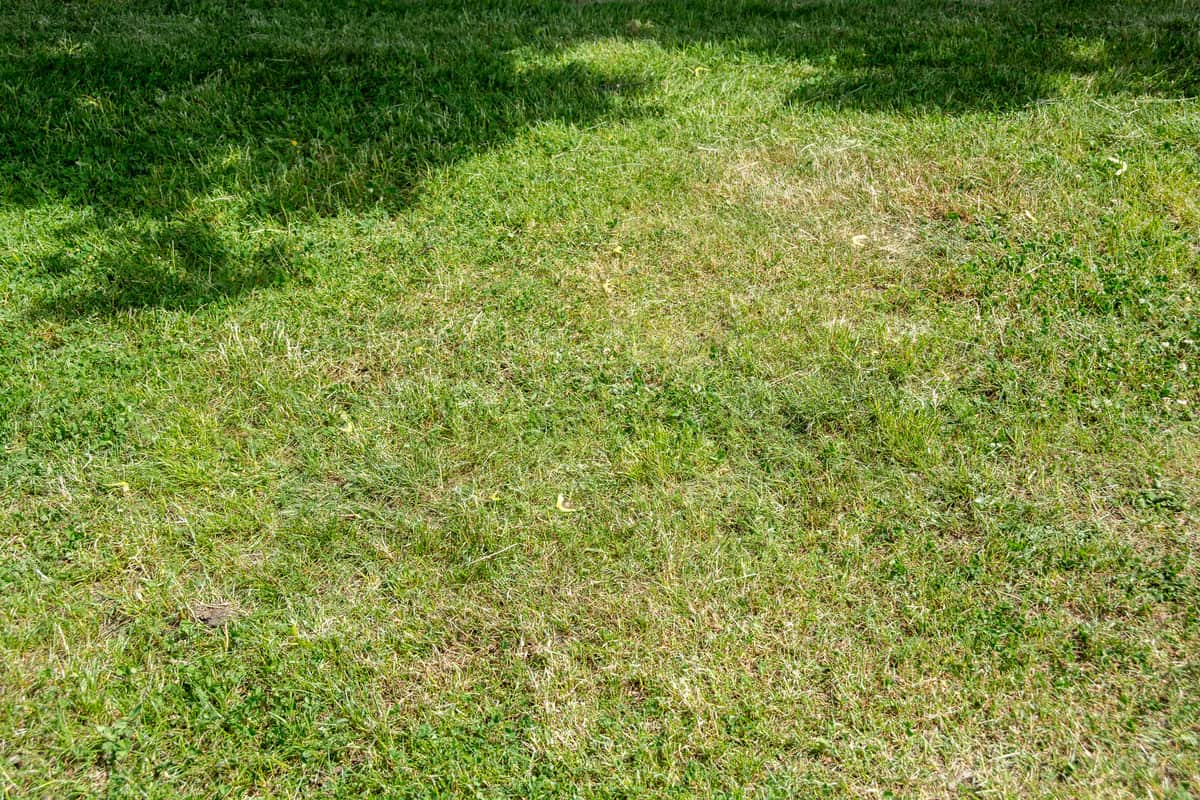
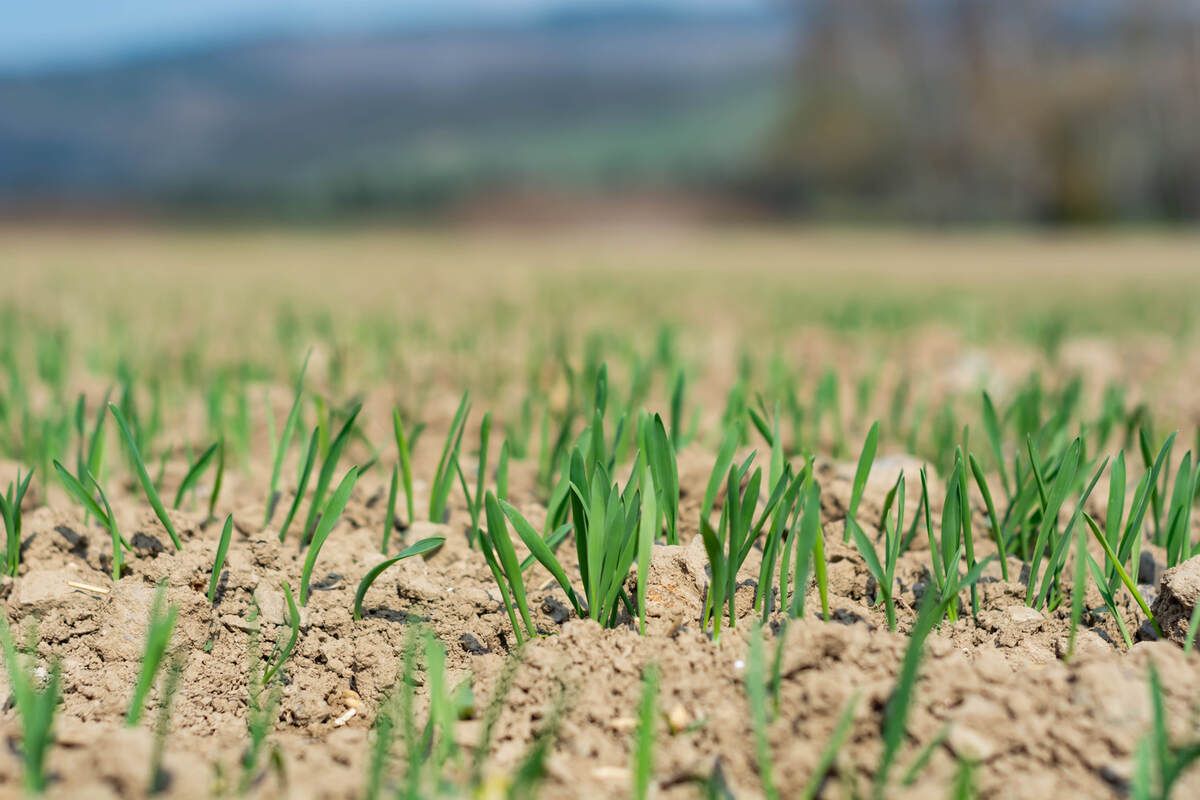
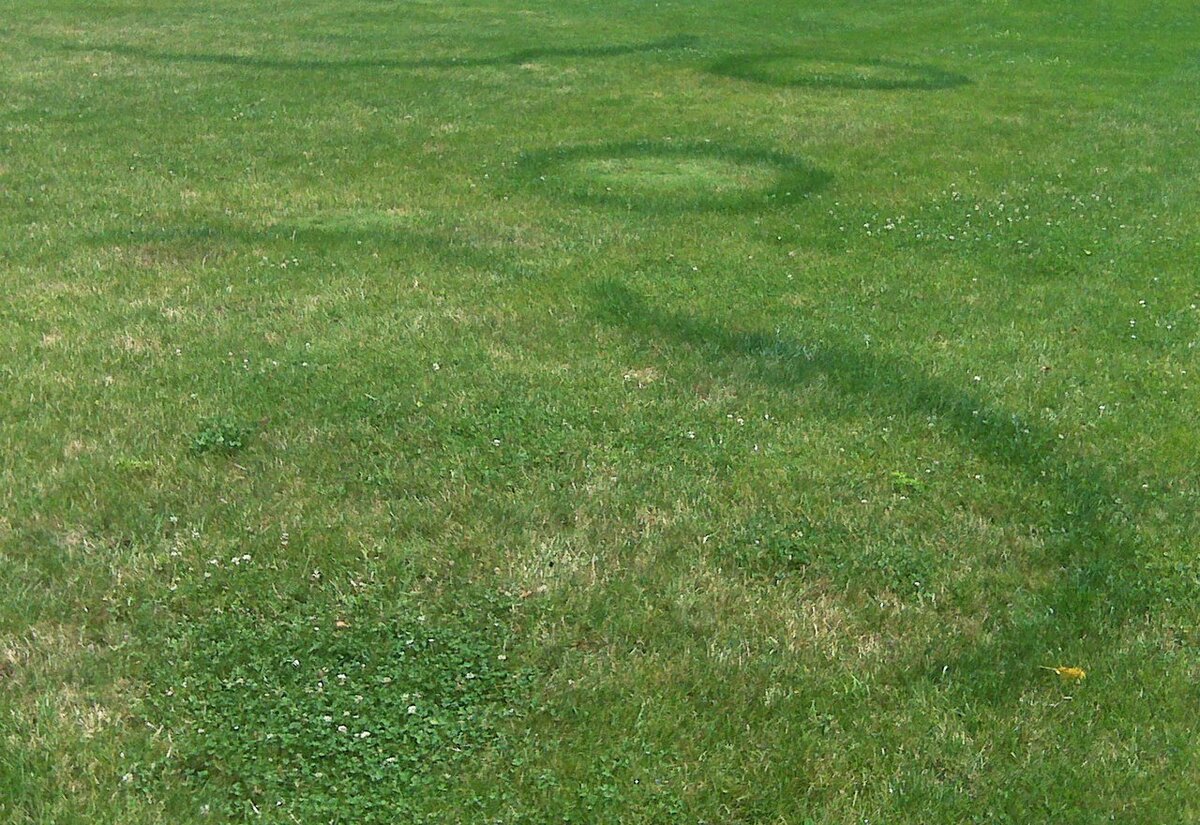
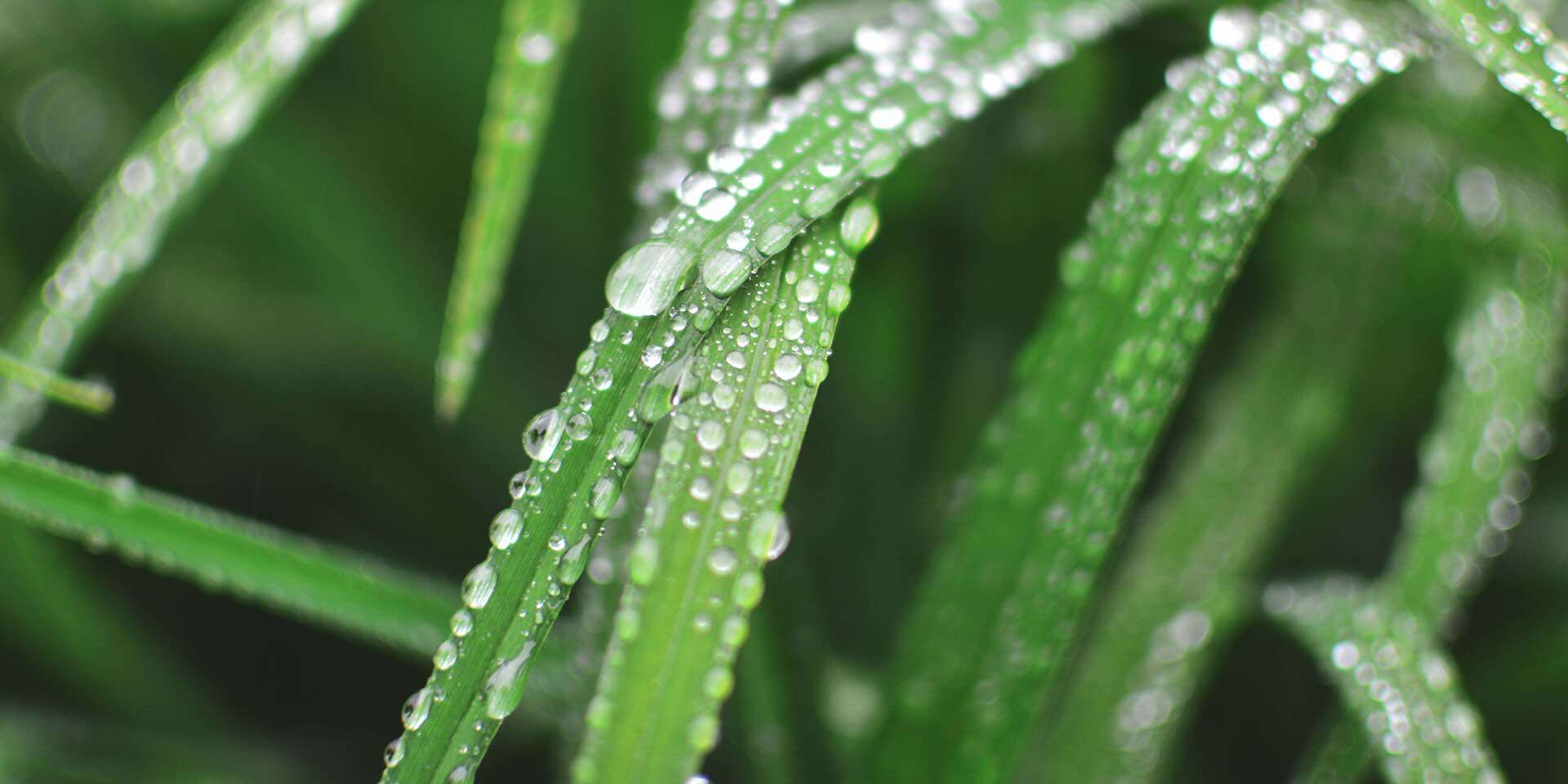
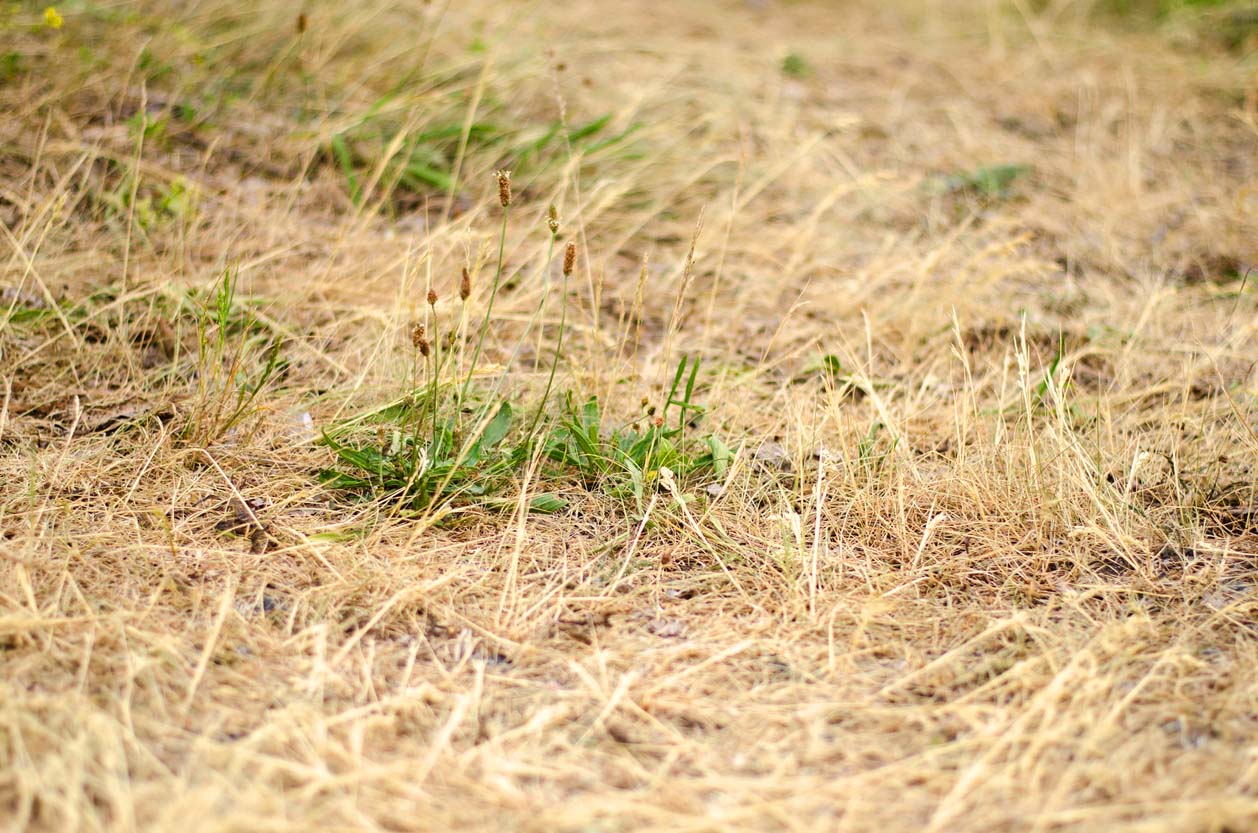
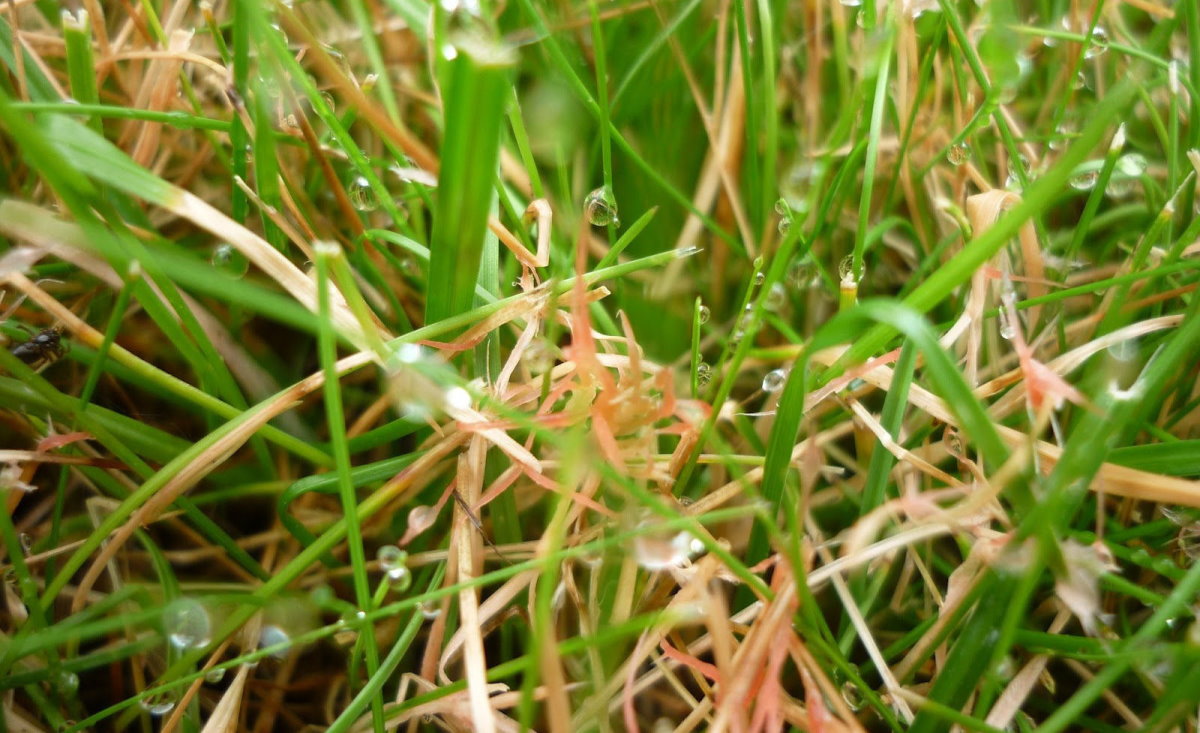
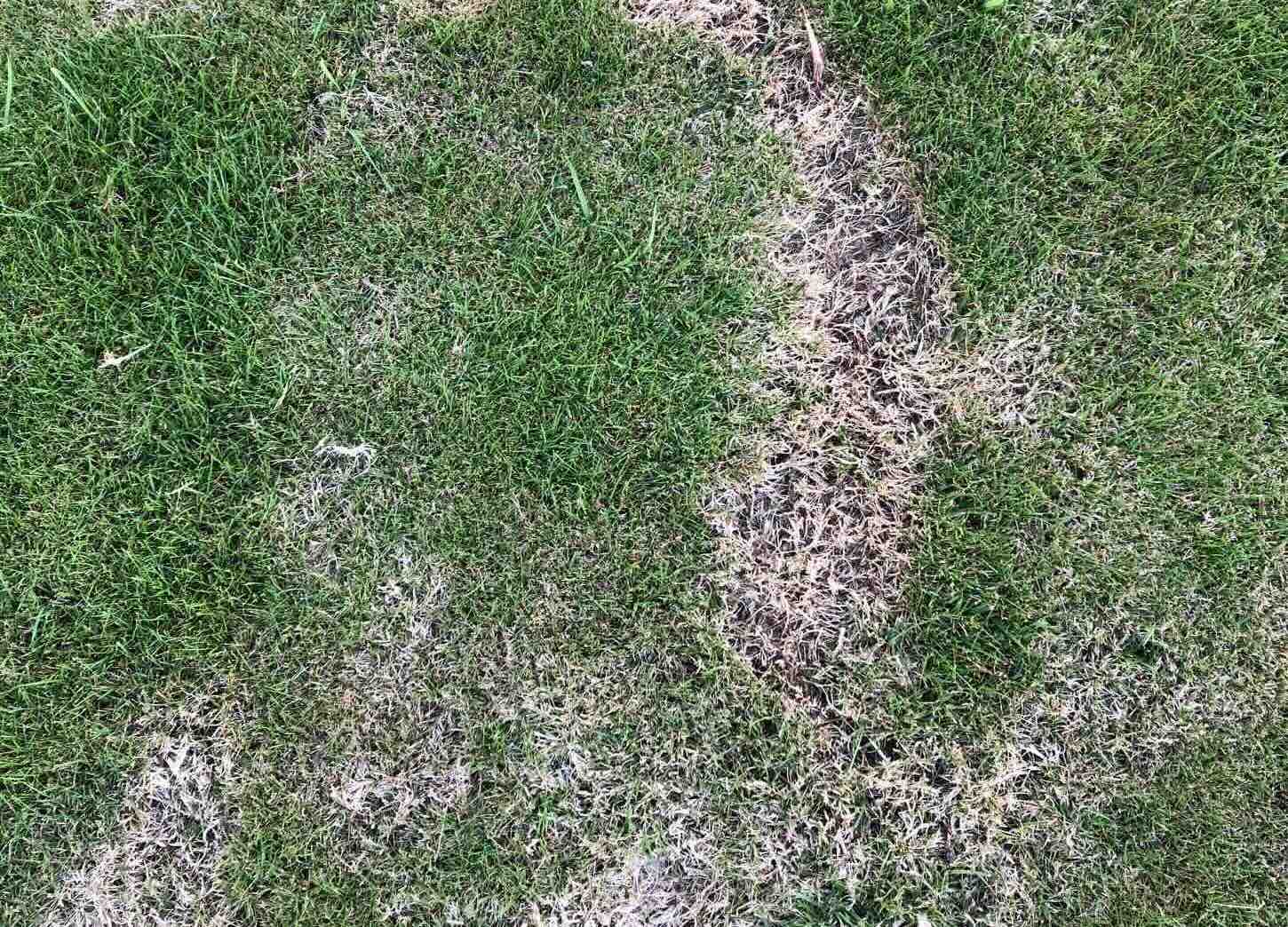
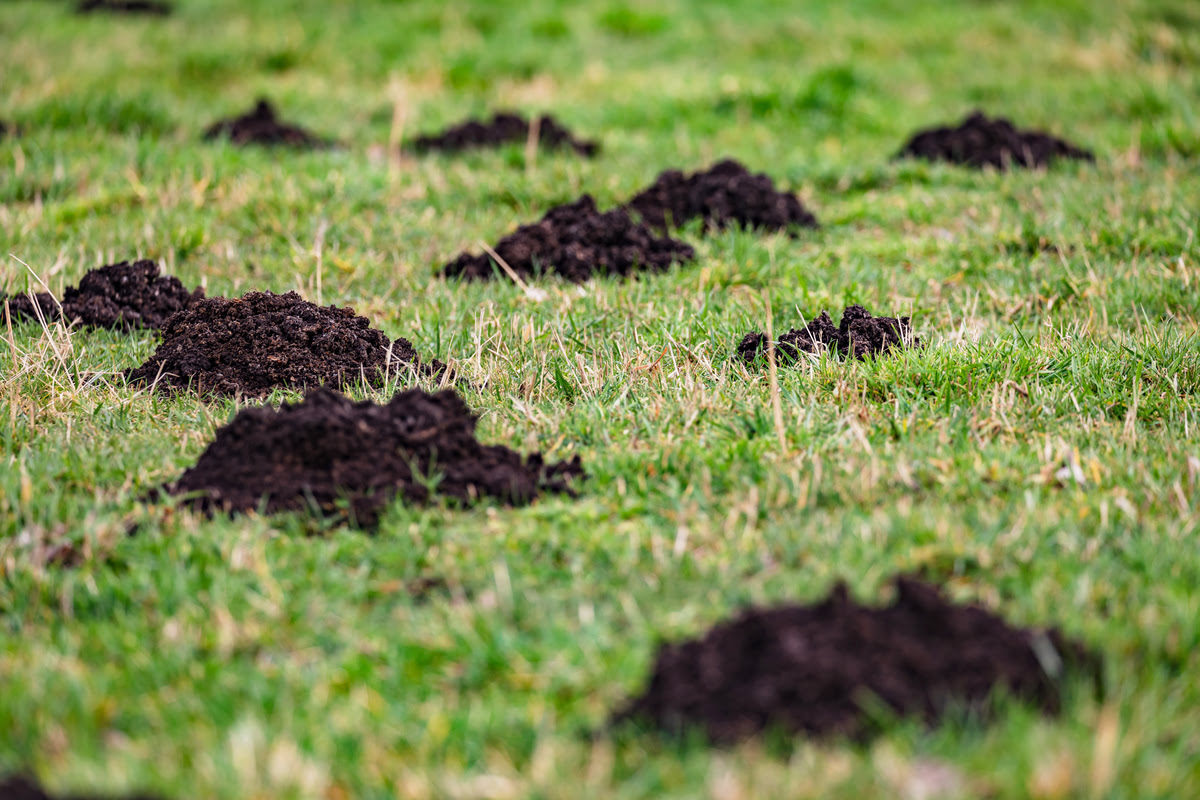
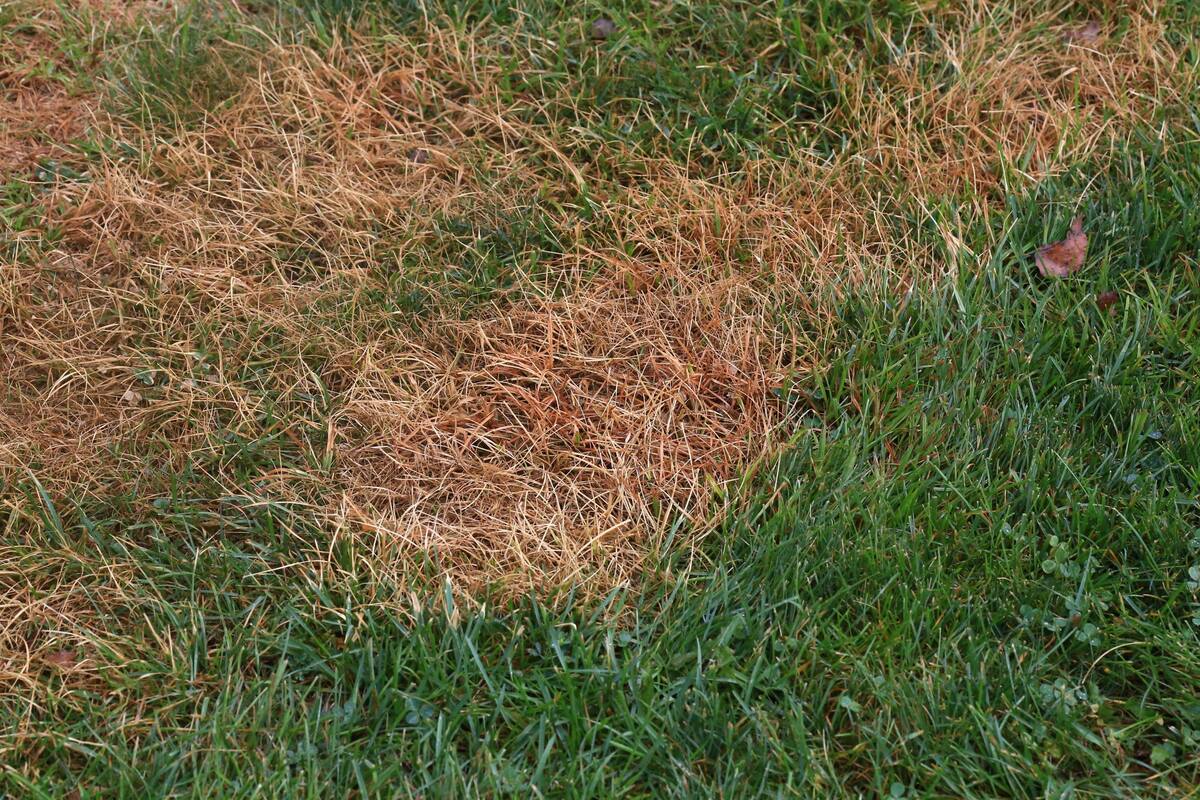

0 thoughts on “What Causes Pink Grass”